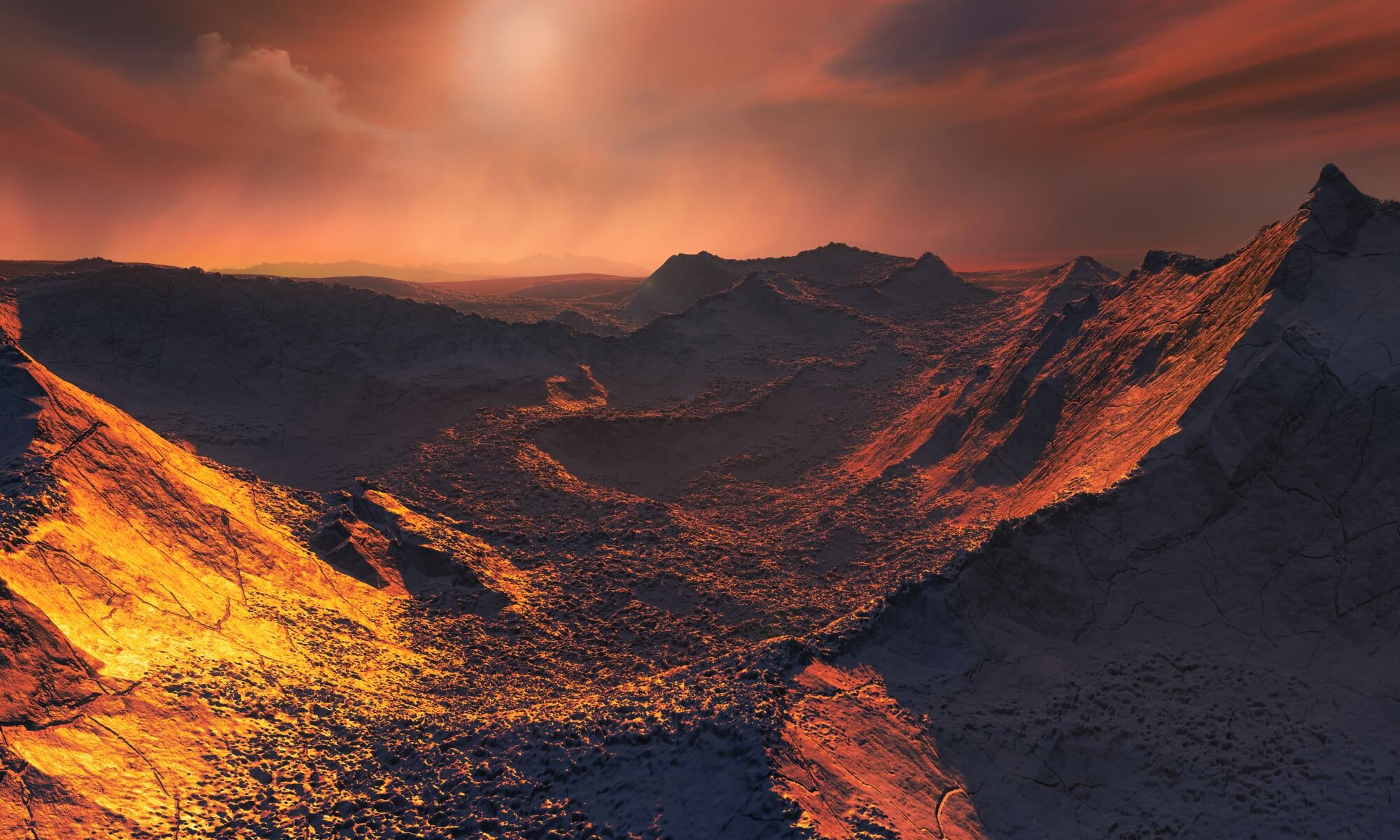Astronomers have found a new Super-Earth orbiting an M-dwarf (red dwarf) star about 137 light-years away. The planet is named TOI-715b, and it’s about 1.55 Earth’s radius and is inside the star’s habitable zone. There’s also another planetary candidate in the system. It’s Earth-sized, and if it’s confirmed, it will be the smallest habitable zone planet TESS has discovered so far.
TOI-715 is an average red dwarf. It’s about one-quarter the mass and about one-quarter the radius of our sun. TOI-715b is close to the star, and its tight orbit takes only 19 days to complete one trip around the dwarf star. Since red dwarfs are much dimmer than the sun, this puts the Super-Earth in the star’s conservative habitable zone.



One thing to note (among others) is that the habitable zone is usually to mean a distance from the star where the temperature range is such that liquid water could be present on the surface. This is not a guarantee that the temperature on the surface actually is able to have liquid water. (Earth has been too hot or too cold for most of its history) Many other factors influence this. It also doesn’t mean there is actually any water, the temperature could be perfect, but simply not have any water. The mechanism Earth got its water isn’t fully understood and there is no reason it is a guarantee of even likely to happen in other places. It’s also possible for a planet to lose all of its water. Even if the temperature is just right, it does not mean life is present. Again how life on Earth started isn’t fully understood and might be a one off in the universe and eternity.
In this case there is good reason to think there isn’t life on this planet. The habitable zone of a red dwarf is close into the star, which exposes the planet to a lot of radiation and mass ejections from the star. This is probably not good for life on that planet, at least at the surface.
Who knows, maybe some single cellular life lives on the bottom of an icy ocean, protected by kilometers of water/ice. Living off geothermal energy, instead of the star light. If we find something like that on an ice moon in our solar system, it’s probably more common in the universe. However, that life will most likely not evolve into anything bigger than a single celled organism, as the energy required for larger life simply isn’t there.
But we can dream and this is really interesting stuff. Just don’t let the media get to you with their inflation of the news.
I’ll add this bit to the water thing. H2O is constantly created and destroyed by biological and other natural occurrences.
Photosynthesis destroying water:
6H2O → C6H12O6 + 6O2
But yeah, we don’t know how we got loaded up from the git go.